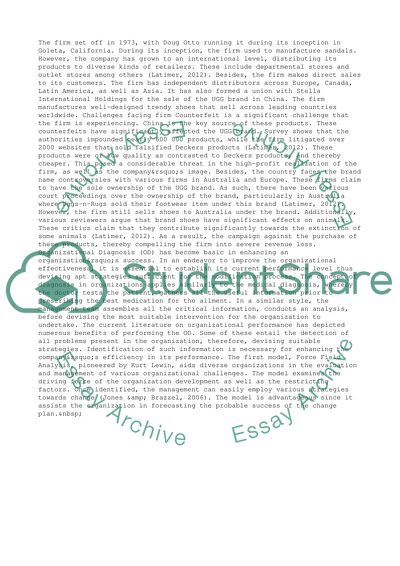Cite this document
(“Open Systems Theory (OD) Analysis for Deckers Outdoor Corporation Research Paper”, n.d.)
Open Systems Theory (OD) Analysis for Deckers Outdoor Corporation Research Paper. Retrieved from https://studentshare.org/business/1442514-open-systems-theory-od-analysis-for-deckers
Open Systems Theory (OD) Analysis for Deckers Outdoor Corporation Research Paper. Retrieved from https://studentshare.org/business/1442514-open-systems-theory-od-analysis-for-deckers
(Open Systems Theory (OD) Analysis for Deckers Outdoor Corporation Research Paper)
Open Systems Theory (OD) Analysis for Deckers Outdoor Corporation Research Paper. https://studentshare.org/business/1442514-open-systems-theory-od-analysis-for-deckers.
Open Systems Theory (OD) Analysis for Deckers Outdoor Corporation Research Paper. https://studentshare.org/business/1442514-open-systems-theory-od-analysis-for-deckers.
“Open Systems Theory (OD) Analysis for Deckers Outdoor Corporation Research Paper”, n.d. https://studentshare.org/business/1442514-open-systems-theory-od-analysis-for-deckers.


